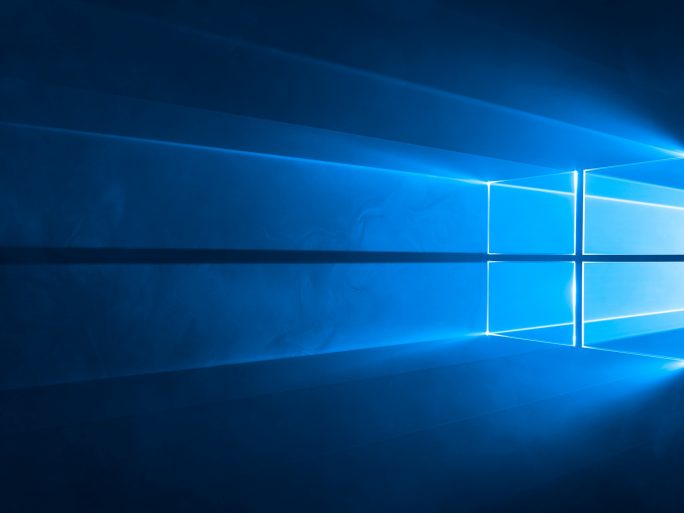Microsoft To Offer Consumers Paid Windows 10 Support Beyond Cutoff Date

For the first time Microsoft is to offer consumers paid security updates for Windows 10, when support officially ends in 2025
Microsoft is to make a significant change to the support of older Windows operating systems, once they no longer receive monthly security updates (aka Patch Tuesday).
In a blog post this week, Jason Leznek, part of Microsoft’s Windows Servicing & Delivery team, talked about the options to pay for Redmond’s ‘Extended Security Updates’, when support ends for the Windows 10 operating system in 2025.
The exact date that support will end for Windows 10 is 14 October 2025, and it comes after Microsoft in April 2023 confirmed that the current version of Windows 10, known as version 22H2, would be the final version of that operating system.
![]()
Windows 10, 11
Microsoft had launched Windows 10 back in 2015, but now it is focused on its current OS, namely Windows 11, which was launched in October 2021.
Windows 11 was criticised at the time of release for not being an easy upgrade for existing Windows 10 users, due to the onerous system requirements to run the latest operating system, which may have hampered its uptake.
For example Windows 11 requires UEFI (which does the same job as BIOS) and the PC itself must also be secure boot capable (for which the motherboard will need a trusted module chip).
![]()
Other requirements for Windows 11 include at least 4GB of RAM, and a couple more processor cores – compared to Windows 10.
Unfortunately, these requirements (especially the first two) will force those with an older computer to purchase a new machine.
But Windows 10 was estimated to have a 73 percent share of Windows PCs, as of April 2023.
Extended support
When an operating systems no longer received security updates, Microsoft had previously allowed organisations and businesses to purchase extended security updates (ESUs) for the older OS.
But with a sizeable number of consumers still using Windows 10, Microsoft is giving consumers a a way to pay for Extended Security Updates (ESUs) for Windows 10 after October 2025.
“While we strongly recommend moving to Windows 11, we understand there are circumstances that could prevent you from replacing Windows 10 devices before the EOS date. Therefore, Microsoft will offer Extended Security Updates,” wrote Microsoft’s Leznek in the blog post.
“The ESU program for Windows 10 will include critical and/or important security updates,” he added. “ESUs do not include new features, customer-requested non-security updates, or design change requests. Technical support beyond the ESU itself is also not available.”
Paid option
Then in FAQ page, Microsoft expanded upon its decision to offer the ESU to consumers.
“You may continue to use Windows 10 after support ends; however, it will no longer receive quality updates, new or updated features, security updates, or technical support,” noted Microsoft. “We recommend that customers upgrade or transition to a new Windows 11 PC for the best, most secure computing experience.”
“If you are an individual consumer or an organisation who elects to continue using Windows 10 after support ends on October 14, 2025, you will have the option of enrolling your PC in the paid Extended Security Updates (ESU) program,” said Microsoft.
“The ESU program enables PCs to continue to receive Critical and Important security updates (as defined by the Microsoft Security Response Centre) through an annual subscription service after support ends. More details including pricing will be provided at a later date.”
“The ESU program provides individual consumers and organisations of all sizes with the option to extend the use of Windows 10 PCs past the end of support date in a more secure manner,” it added.